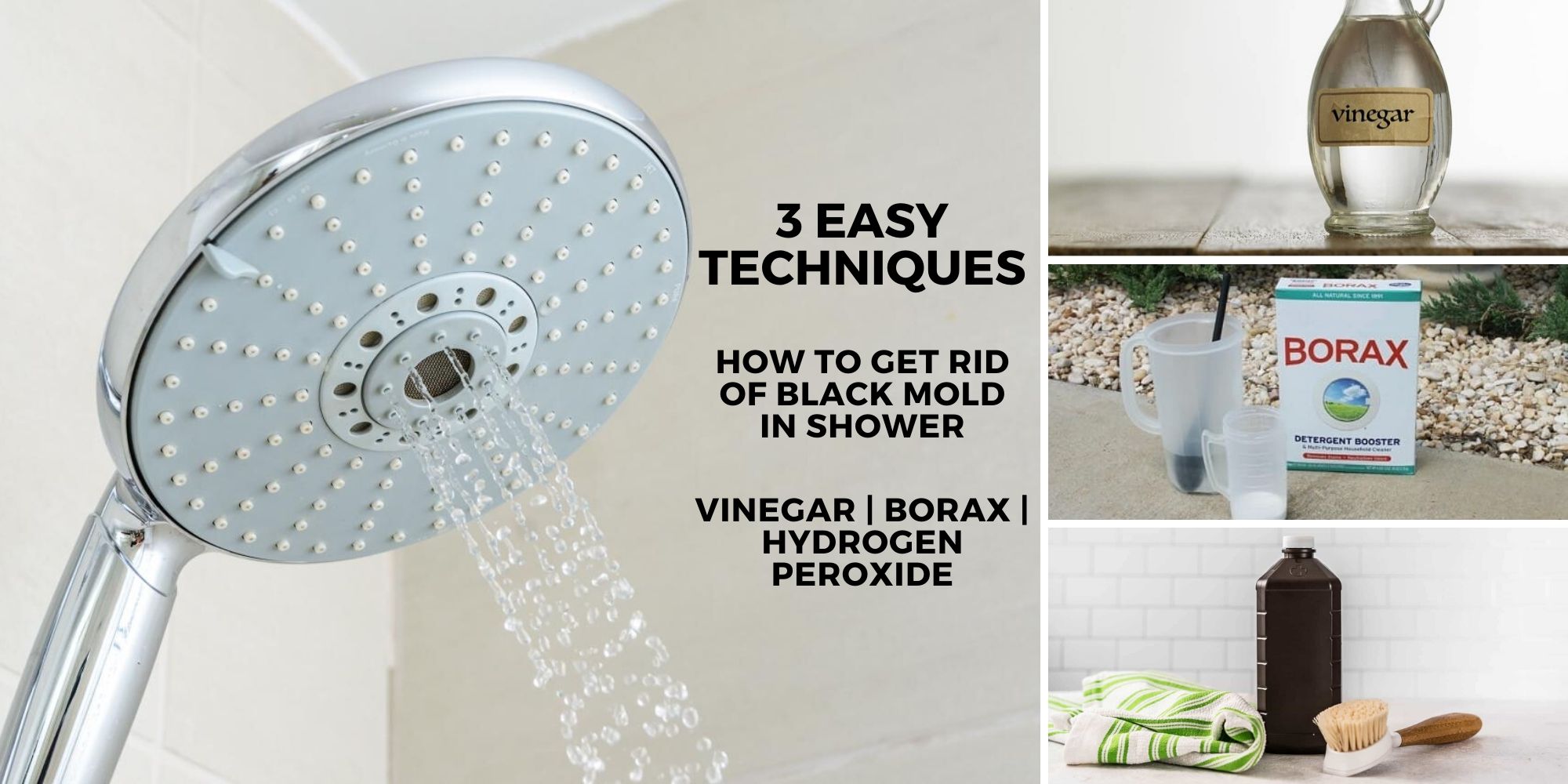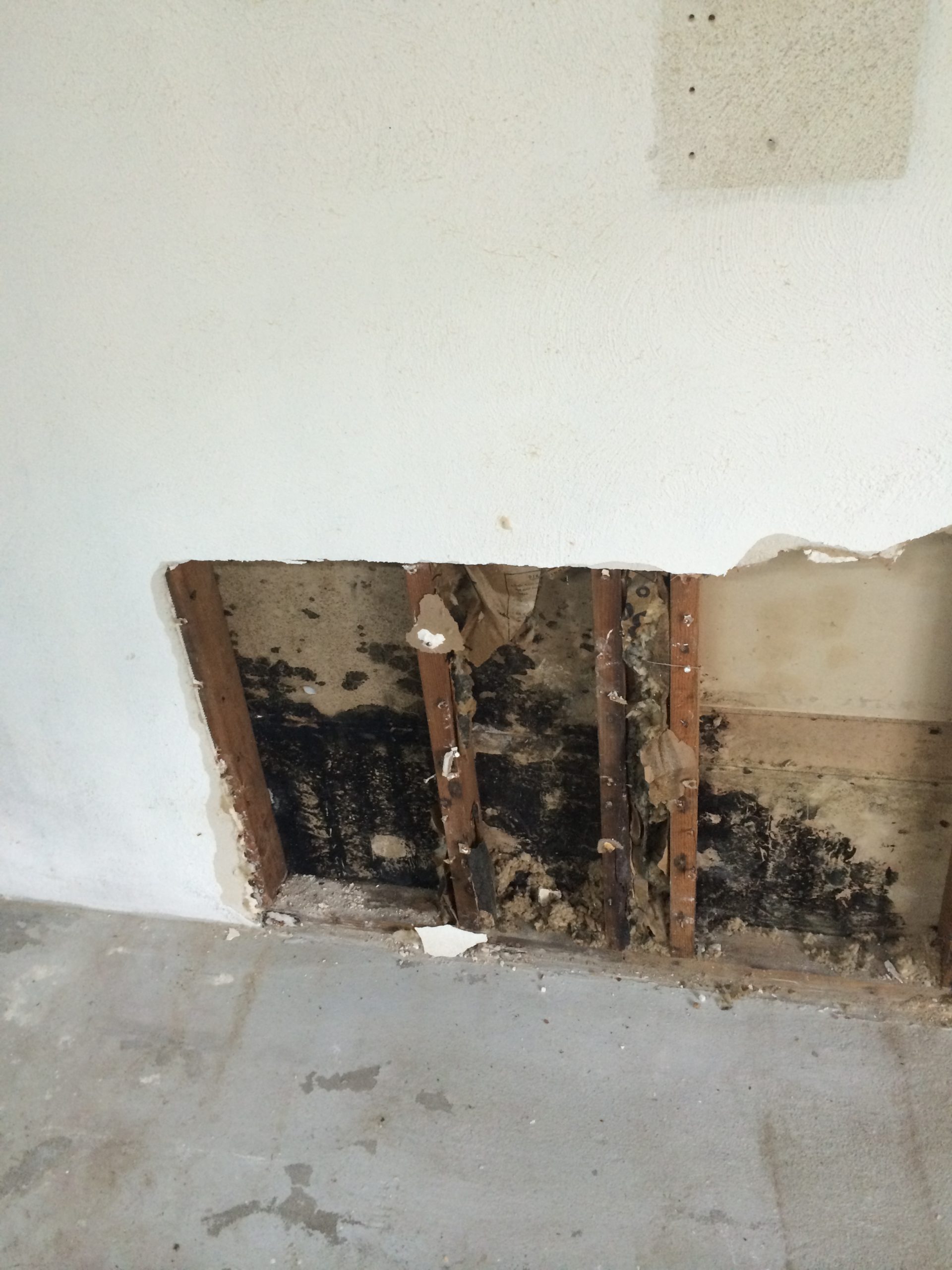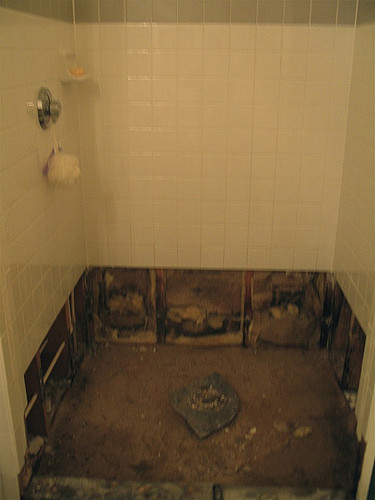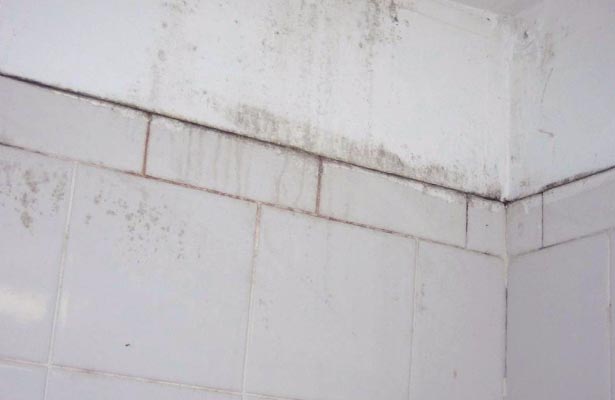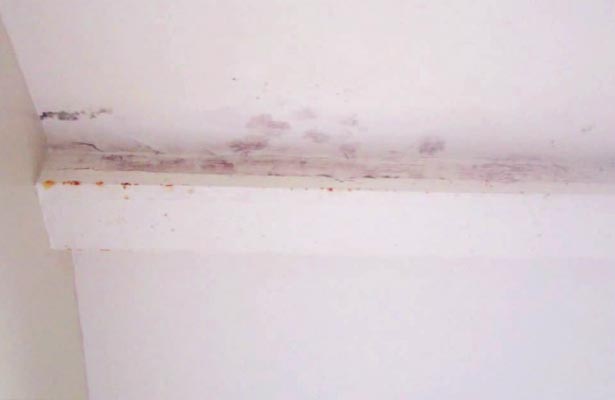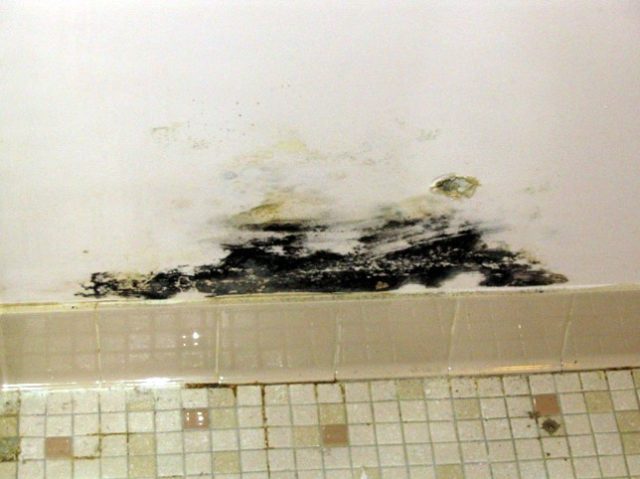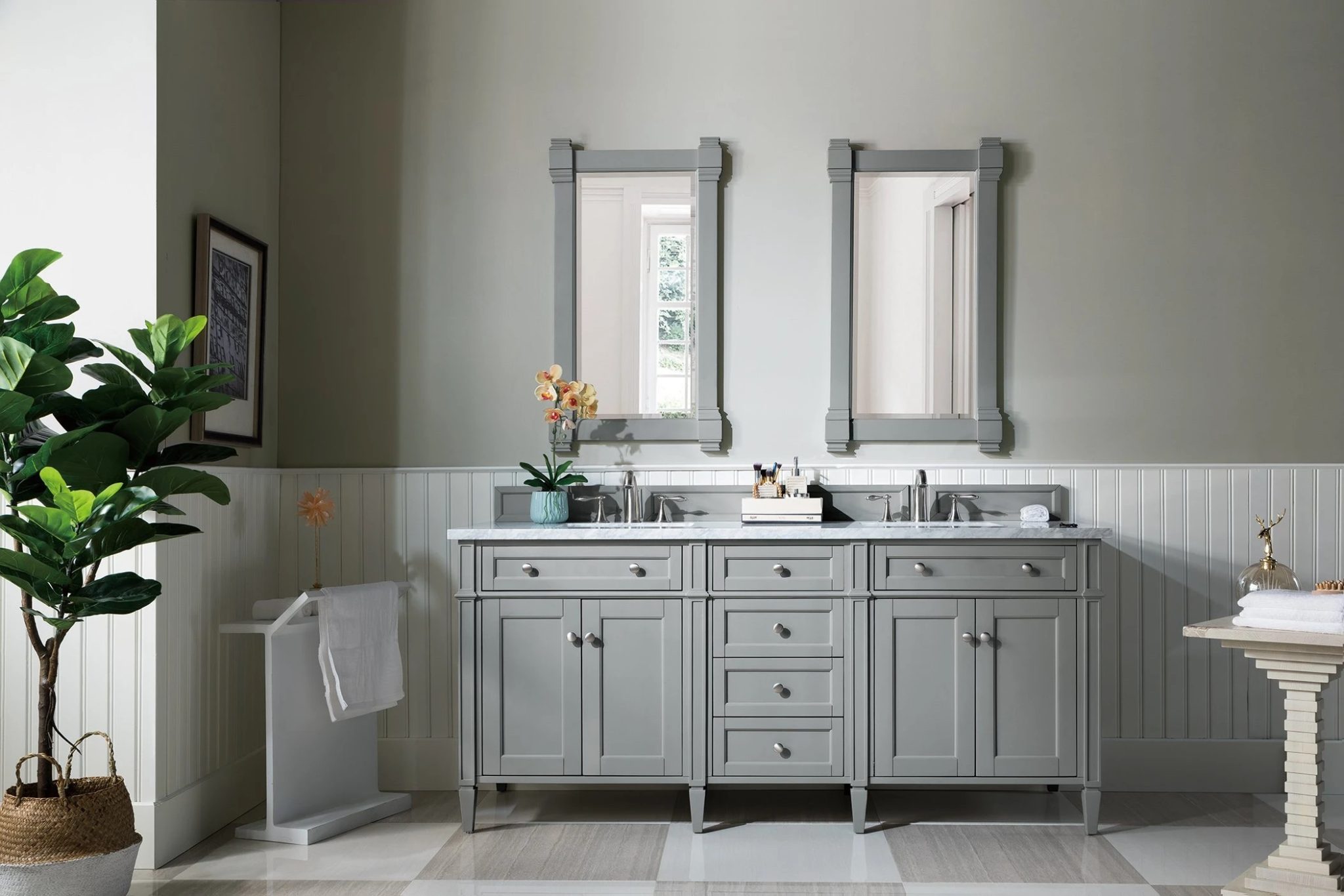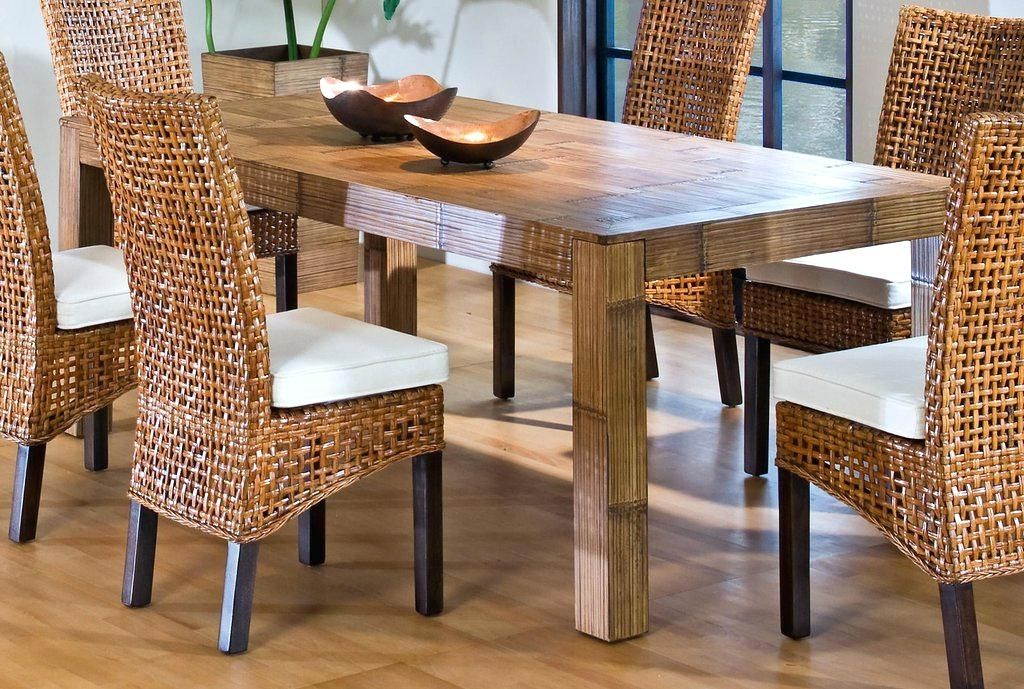If you've ever noticed a dark, slimy substance growing in your bathroom, chances are it's black mold. This type of mold is not only unsightly, but it can also pose serious health risks if left untreated. In this article, we'll explore the causes, dangers, and proper removal methods for black mold in your bathroom.Black Mold in Bathroom: Causes, Dangers, and Removal
Before we dive into the specifics of removing black mold, it's important to understand that prevention is key. Regularly cleaning and maintaining your bathroom can help prevent mold growth. However, if you do find black mold, it's important to take immediate action. The first step to remove black mold is to identify the source of the moisture. Mold thrives in damp, humid environments, so fixing any leaks or addressing ventilation issues is crucial. Once the source is fixed, you can move on to removing the mold. It's important to note that if the affected area is larger than 10 square feet, it's best to hire a professional for removal. If the area is smaller, you can try using a mixture of water and bleach or vinegar to clean the affected area. Be sure to wear protective gear, such as gloves and a mask, to avoid inhaling the spores.How to Get Rid of Black Mold in Your Bathroom
Black mold can often be mistaken for dirt or grime, but there are a few key signs to look out for. The first is the distinct musty odor that often accompanies mold growth. You may also notice dark, slimy patches on your walls, ceilings, or floors. If you're unsure whether it's black mold or not, you can also purchase a mold testing kit to confirm. Keep in mind that mold can also grow in hidden areas, such as behind walls or under flooring, so a professional inspection may be necessary.Signs of Black Mold in Your Bathroom
As mentioned earlier, prevention is key when it comes to black mold in your bathroom. Here are some steps you can take to prevent mold growth:Preventing Black Mold in Your Bathroom
If you do find black mold in your bathroom, it's important to properly clean and disinfect the affected area. As mentioned earlier, a mixture of water and bleach or vinegar can be effective in removing mold. However, if the mold has spread to porous surfaces, such as drywall or carpet, it's best to remove and replace those materials. Be sure to thoroughly dry the affected area after cleaning to prevent any remaining mold spores from growing back. You can also use a dehumidifier to reduce moisture in the air.How to Clean Black Mold in Your Bathroom
While black mold can be easily identified by its color and musty odor, it's important to note that not all black molds are toxic. However, it's best to err on the side of caution and have a professional test and remove the mold if necessary. If you suspect you have black mold in your bathroom, it's important to take action as soon as possible. The longer you wait, the more difficult and expensive the removal process can become.Identifying and Treating Black Mold in Your Bathroom
Black mold is not only unsightly, but it can also be dangerous to your health. Exposure to black mold can cause respiratory issues, allergic reactions, and other health problems. It's important to regularly inspect and maintain your bathroom to prevent mold growth, and to take immediate action if you do find black mold.Black Mold in Bathroom: What You Need to Know
The area under your sink can often be a breeding ground for mold growth. The constant presence of moisture and darkness make it the perfect environment for mold to thrive. To remove black mold from under your sink, follow the same steps mentioned earlier: identify the source of the moisture, fix any leaks, and properly clean and disinfect the affected area. It's also a good idea to regularly check under your sink for any signs of mold growth and to address any issues promptly.How to Remove Black Mold from Under Your Sink
Dealing with black mold in your bathroom can be a frustrating and daunting task. However, by taking preventative measures and properly addressing any mold growth, you can keep your bathroom clean and safe for you and your family. If you're unsure about how to properly remove black mold, it's always best to seek professional help. They have the necessary equipment and expertise to safely and effectively remove the mold from your bathroom.Dealing with Black Mold in Your Bathroom
While not all black molds are toxic, exposure to black mold can have serious health consequences. This is especially true for those with weakened immune systems, allergies, or respiratory issues. It's important to address any black mold growth in your bathroom to protect the health and safety of your household. In conclusion, black mold in your bathroom is a serious issue that requires immediate attention. By understanding the causes, dangers, and proper removal methods, you can effectively deal with black mold and prevent it from growing in the future.The Dangers of Black Mold in Your Bathroom
How to Deal with Black Mold in Your Bathroom Under the Sink
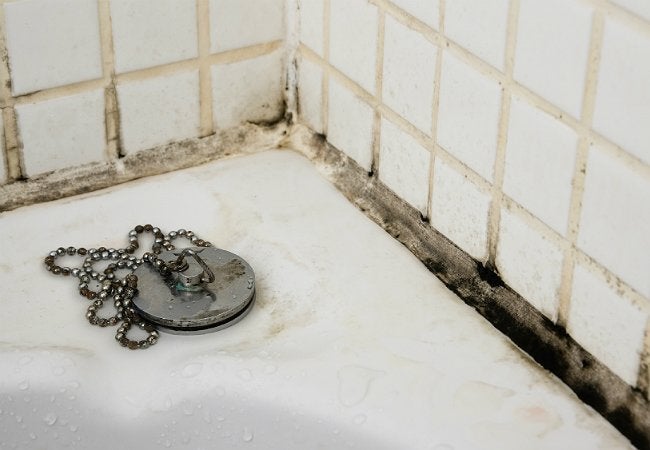
What is Black Mold and How Does it Form?
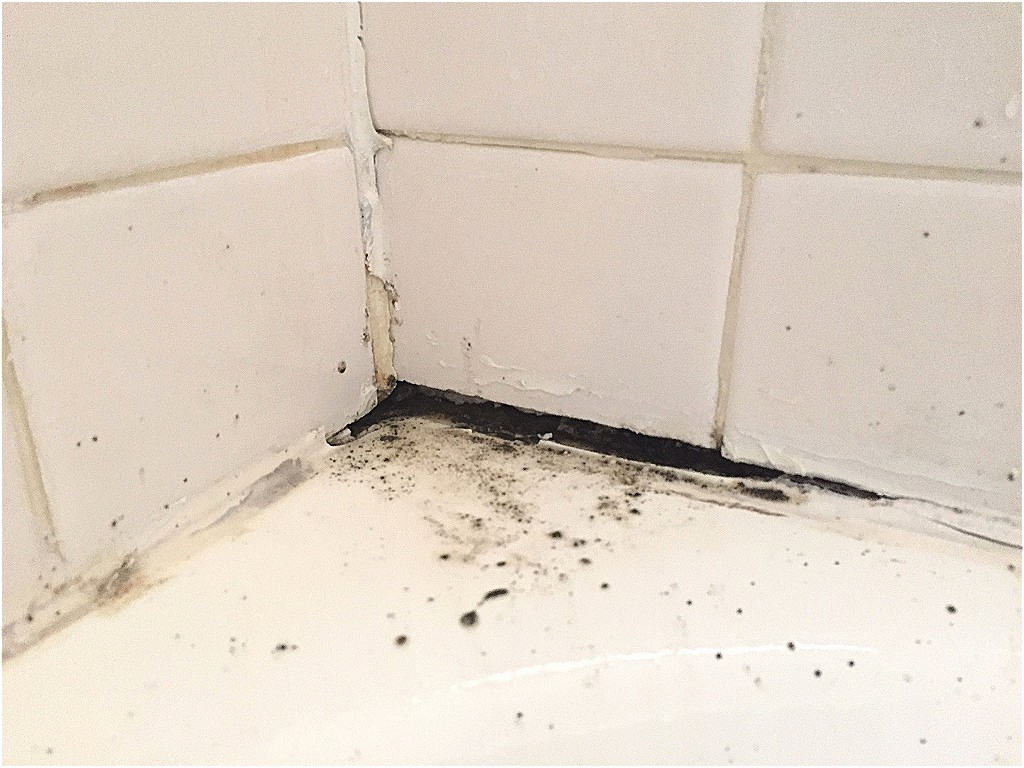 Black mold, also known as Stachybotrys chartarum, is a type of fungus that thrives in damp and humid environments. It is commonly found in bathrooms, especially under sinks, where moisture and darkness create the perfect breeding ground for mold. Black mold can be identified by its slimy, greenish-black appearance and musty odor.
Black mold, also known as Stachybotrys chartarum, is a type of fungus that thrives in damp and humid environments. It is commonly found in bathrooms, especially under sinks, where moisture and darkness create the perfect breeding ground for mold. Black mold can be identified by its slimy, greenish-black appearance and musty odor.
Why is Black Mold a Problem?
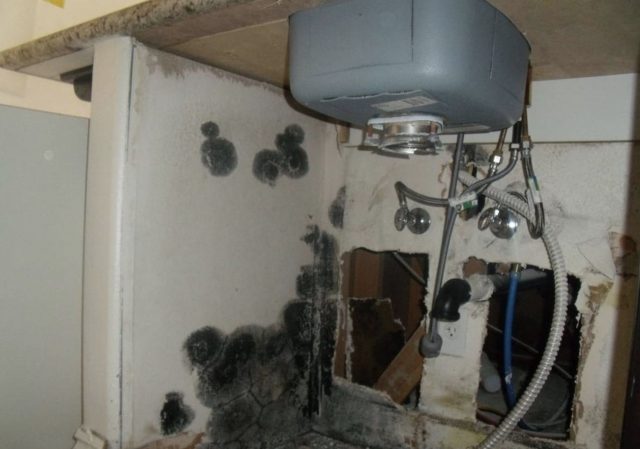 Apart from being unsightly and smelly, black mold can also pose serious health risks. Mold spores can cause respiratory problems, allergies, and even neurological issues in some individuals. In addition, mold can damage the structure of your home and lead to costly repairs if not addressed promptly.
Apart from being unsightly and smelly, black mold can also pose serious health risks. Mold spores can cause respiratory problems, allergies, and even neurological issues in some individuals. In addition, mold can damage the structure of your home and lead to costly repairs if not addressed promptly.
How to Prevent Black Mold in Your Bathroom
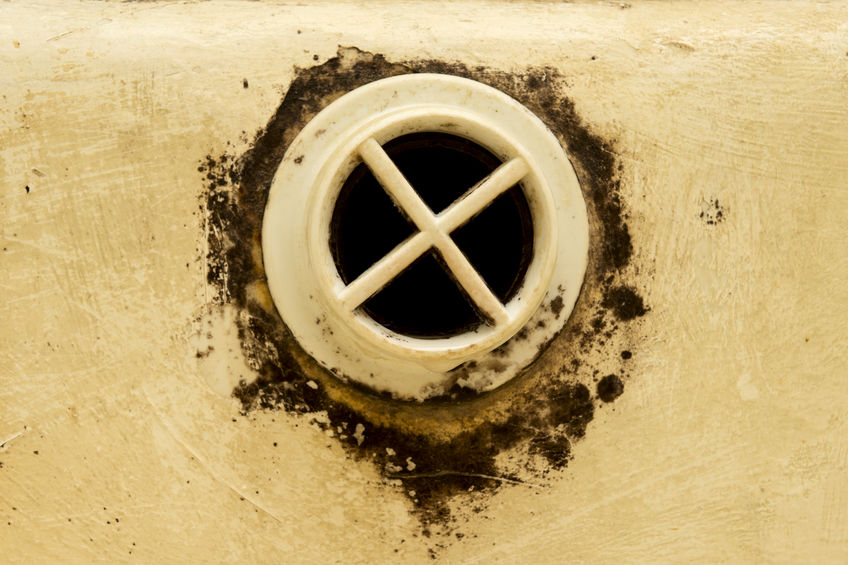 The key to preventing black mold in your bathroom is to keep it clean and dry. Here are some tips to help you keep mold at bay:
1. Fix Any Leaks
Leaky pipes or faucets can create the perfect environment for mold growth. Make sure to fix any leaks as soon as you notice them.
2. Increase Ventilation
Proper ventilation is crucial in preventing mold growth. Keep your bathroom well-ventilated by opening a window or using an exhaust fan while showering.
3. Wipe Down Surfaces
After using the sink or shower, be sure to wipe down the surfaces with a clean, dry cloth. This will help prevent moisture from lingering and creating a breeding ground for mold.
4. Use a Dehumidifier
If your bathroom is prone to high humidity levels, consider using a dehumidifier to keep the moisture levels in check.
5. Regularly Inspect Under the Sink
Make it a habit to regularly inspect the area under your bathroom sink for any signs of mold. Catching it early can prevent it from spreading and causing further damage.
The key to preventing black mold in your bathroom is to keep it clean and dry. Here are some tips to help you keep mold at bay:
1. Fix Any Leaks
Leaky pipes or faucets can create the perfect environment for mold growth. Make sure to fix any leaks as soon as you notice them.
2. Increase Ventilation
Proper ventilation is crucial in preventing mold growth. Keep your bathroom well-ventilated by opening a window or using an exhaust fan while showering.
3. Wipe Down Surfaces
After using the sink or shower, be sure to wipe down the surfaces with a clean, dry cloth. This will help prevent moisture from lingering and creating a breeding ground for mold.
4. Use a Dehumidifier
If your bathroom is prone to high humidity levels, consider using a dehumidifier to keep the moisture levels in check.
5. Regularly Inspect Under the Sink
Make it a habit to regularly inspect the area under your bathroom sink for any signs of mold. Catching it early can prevent it from spreading and causing further damage.
How to Get Rid of Black Mold
 If you do find black mold under your bathroom sink, it's important to take immediate action. Here are some steps to follow:
1. Protect Yourself
Before attempting to remove the mold, make sure to protect yourself by wearing gloves, a mask, and goggles.
2. Clean with a Mold-Removing Solution
There are several commercial mold-removing solutions available, or you can make your own by mixing water with vinegar or bleach. Use a scrub brush to remove the mold and then thoroughly rinse and dry the area.
3. Dispose of Any Contaminated Materials
If any items under the sink have been contaminated by mold, such as sponges or towels, make sure to dispose of them properly to prevent further spread of mold.
4. Repair Any Leaks or Damage
After removing the mold, be sure to repair any leaks or damage that may have caused it in the first place.
If you do find black mold under your bathroom sink, it's important to take immediate action. Here are some steps to follow:
1. Protect Yourself
Before attempting to remove the mold, make sure to protect yourself by wearing gloves, a mask, and goggles.
2. Clean with a Mold-Removing Solution
There are several commercial mold-removing solutions available, or you can make your own by mixing water with vinegar or bleach. Use a scrub brush to remove the mold and then thoroughly rinse and dry the area.
3. Dispose of Any Contaminated Materials
If any items under the sink have been contaminated by mold, such as sponges or towels, make sure to dispose of them properly to prevent further spread of mold.
4. Repair Any Leaks or Damage
After removing the mold, be sure to repair any leaks or damage that may have caused it in the first place.
Final Thoughts
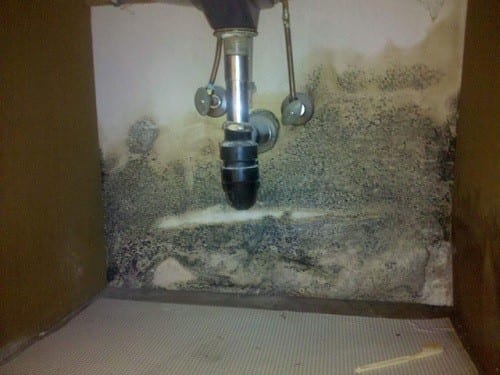 Dealing with black mold in your bathroom can be a daunting task, but by following these preventative measures and taking immediate action when mold is found, you can keep your bathroom clean, safe, and mold-free. Remember to regularly inspect and maintain your bathroom to avoid any future mold issues.
Dealing with black mold in your bathroom can be a daunting task, but by following these preventative measures and taking immediate action when mold is found, you can keep your bathroom clean, safe, and mold-free. Remember to regularly inspect and maintain your bathroom to avoid any future mold issues.




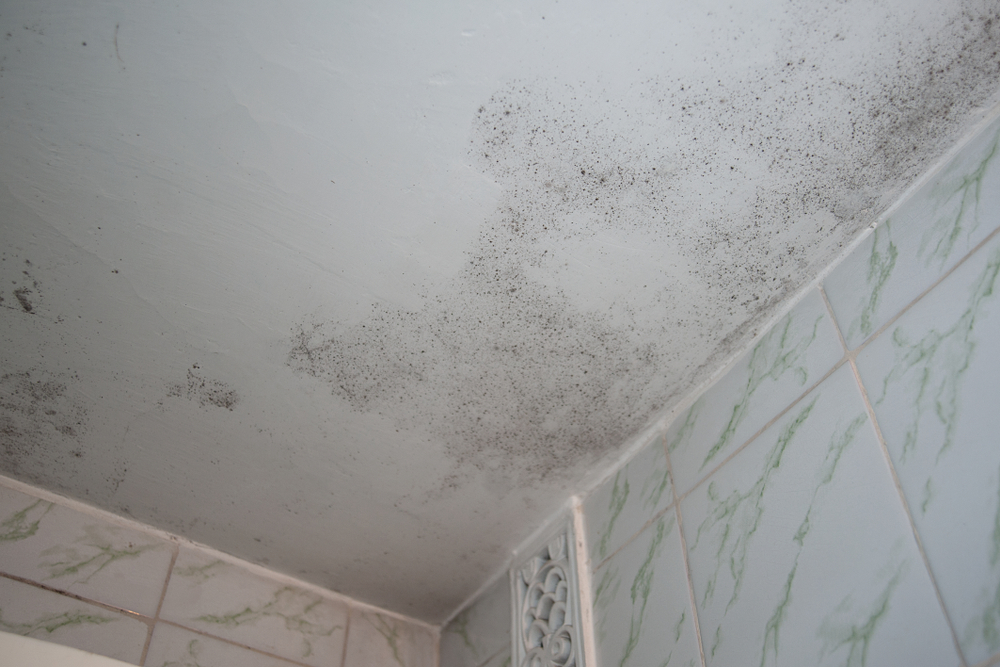



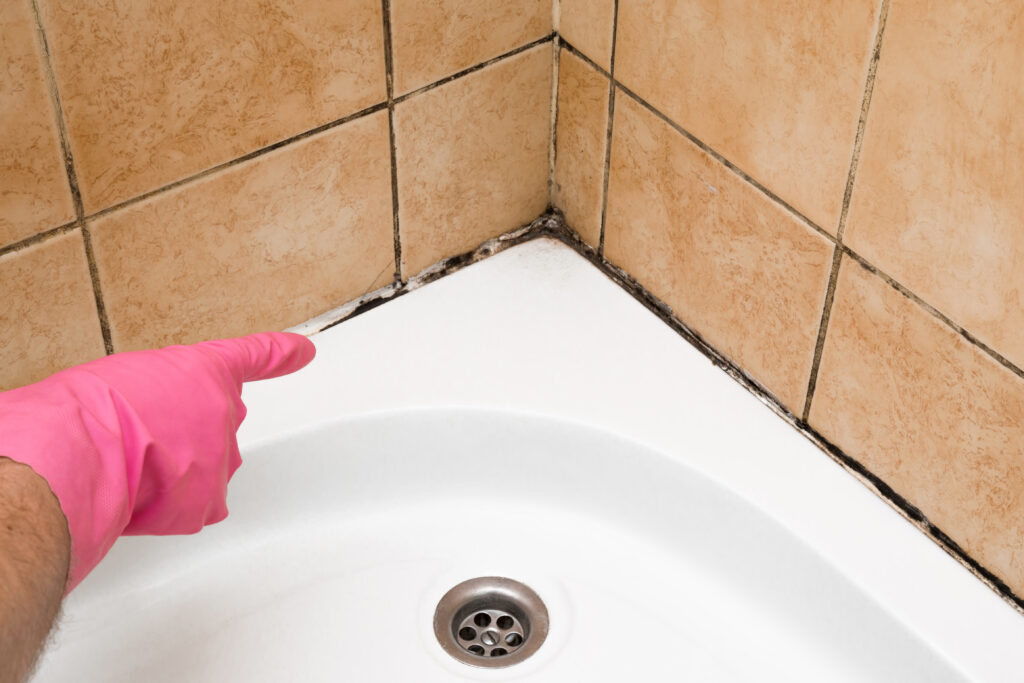

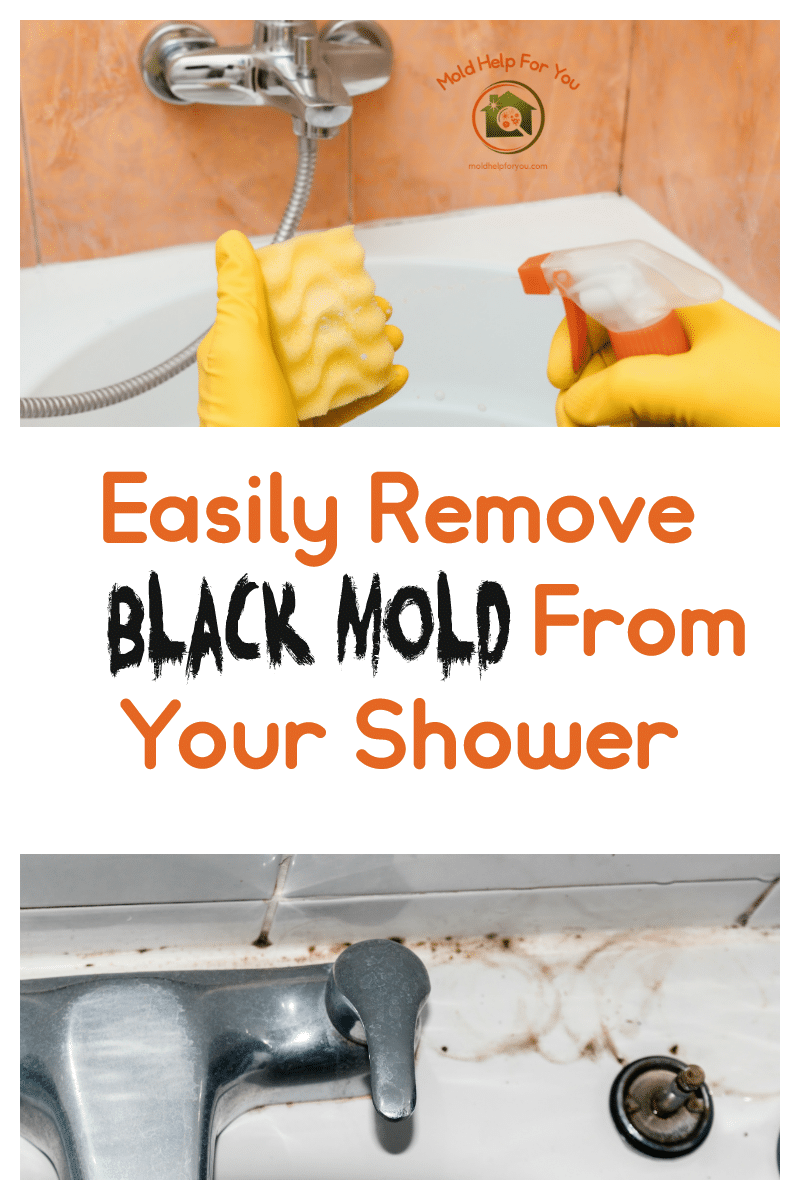
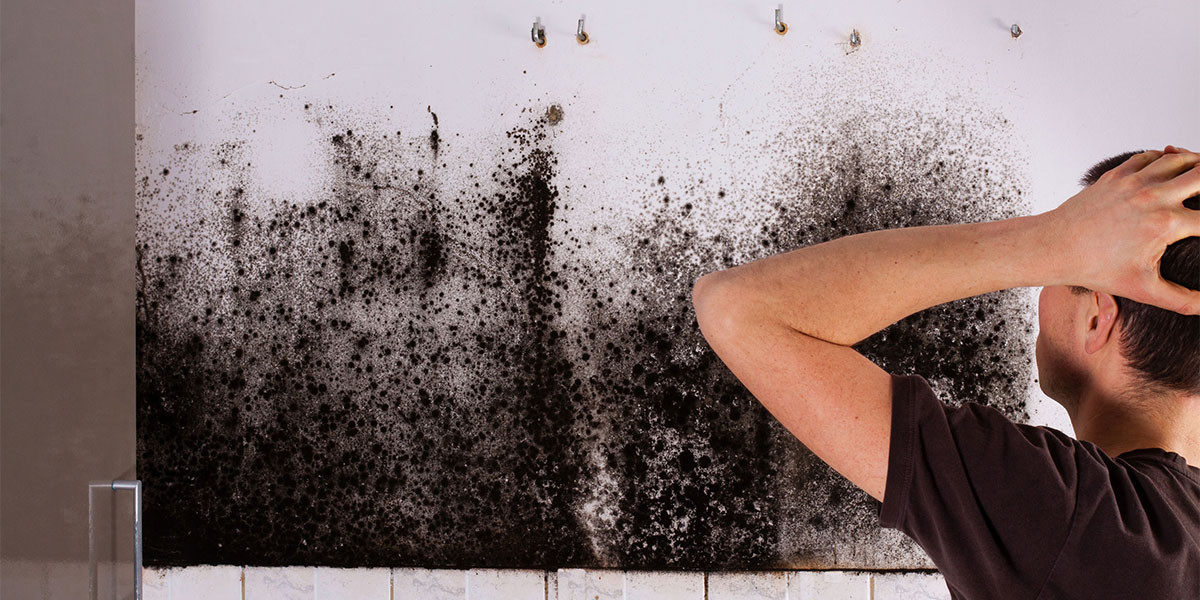

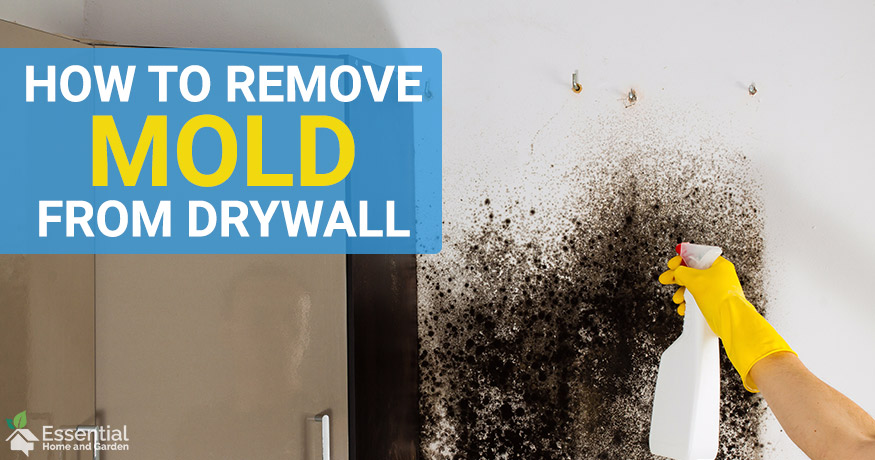



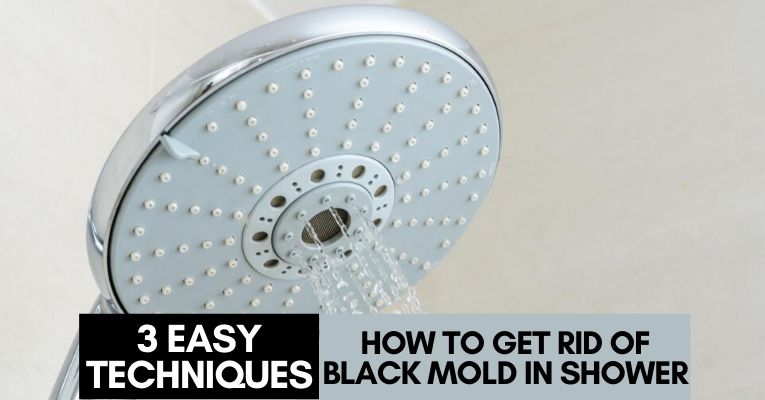





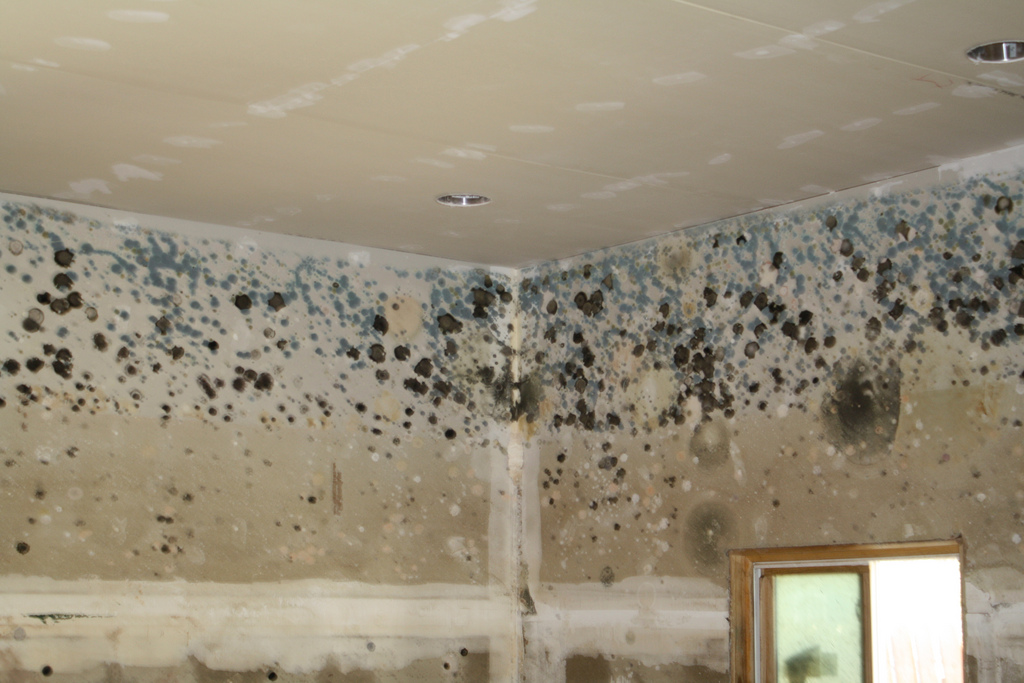
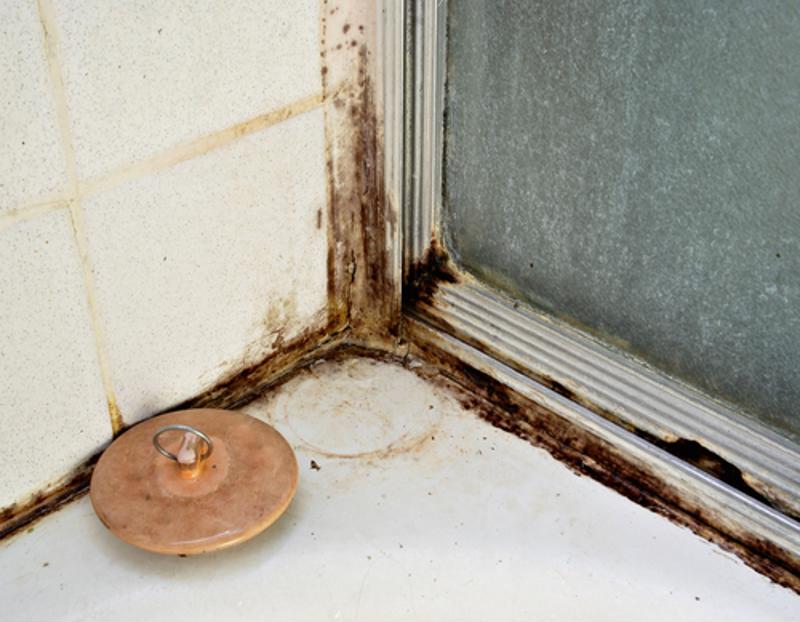

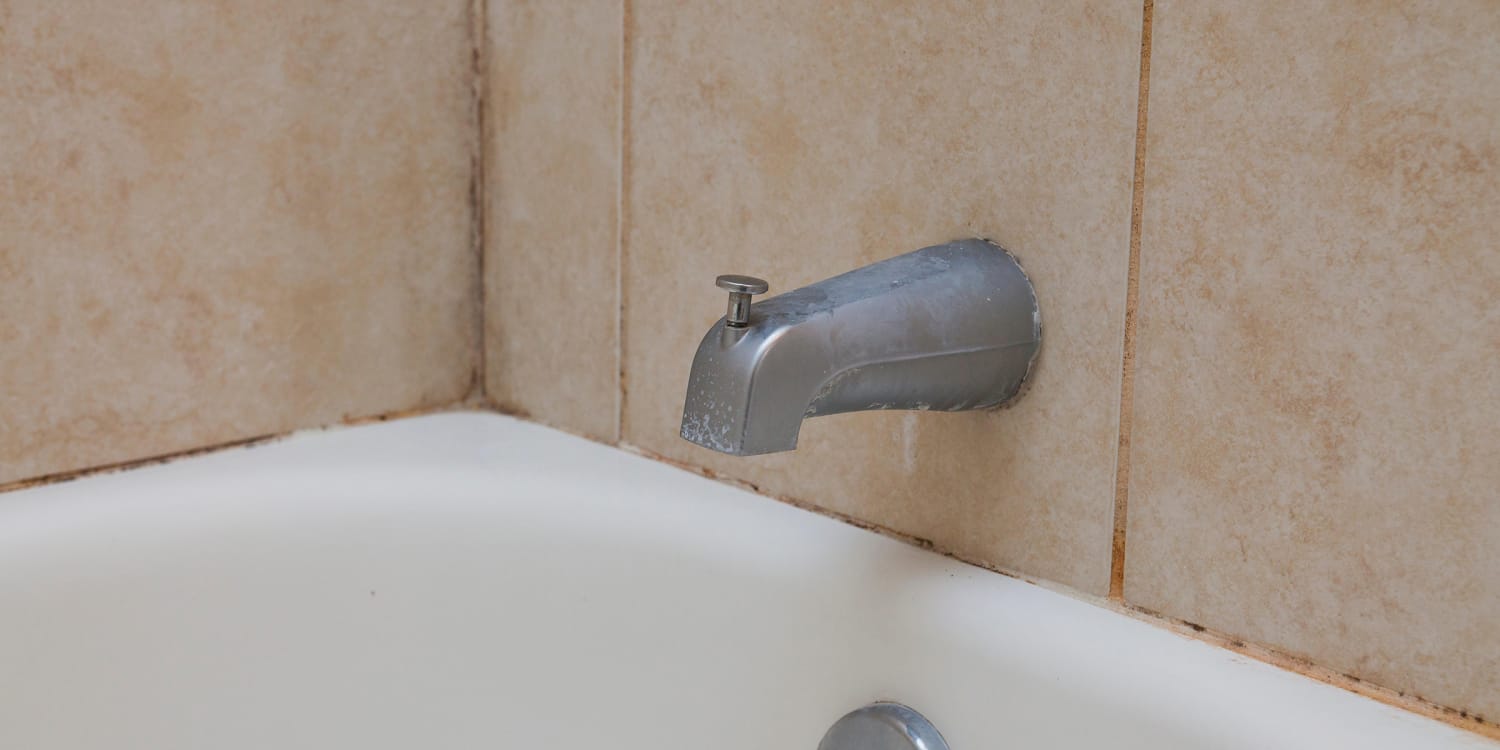



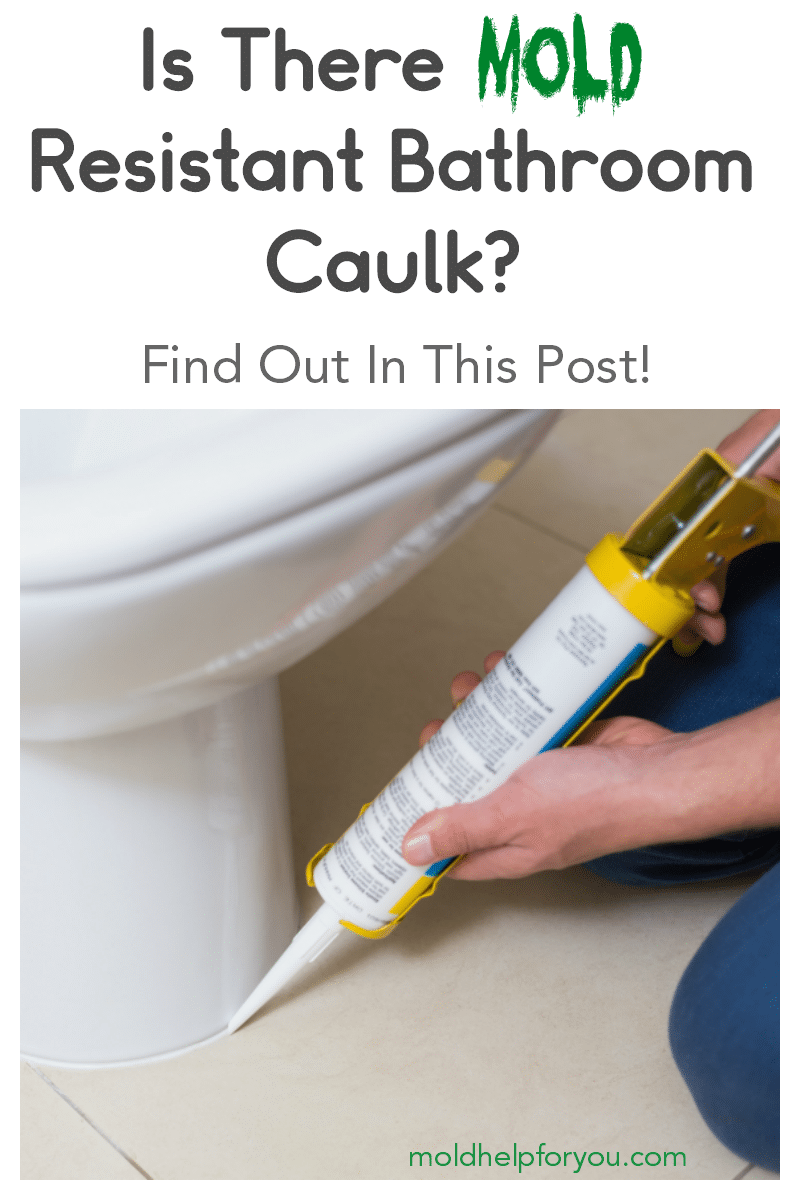
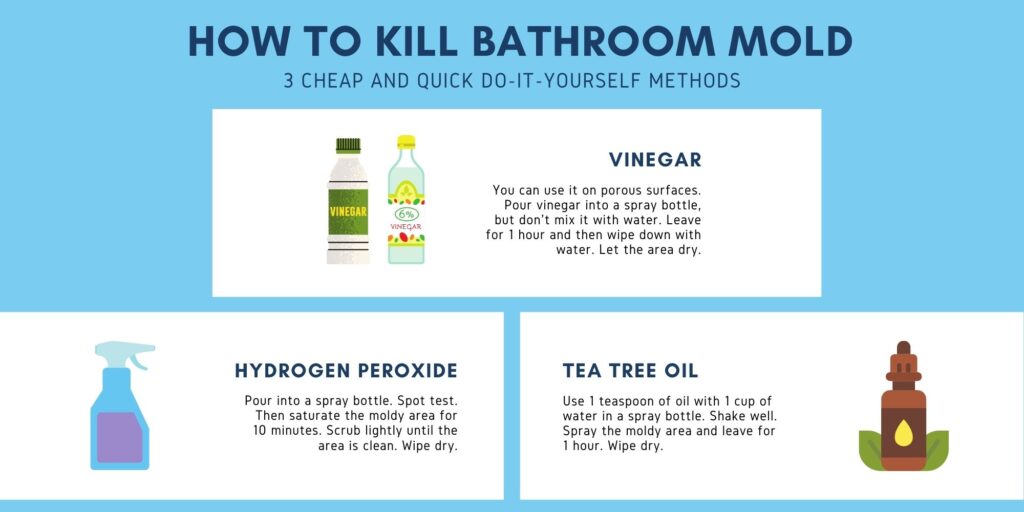
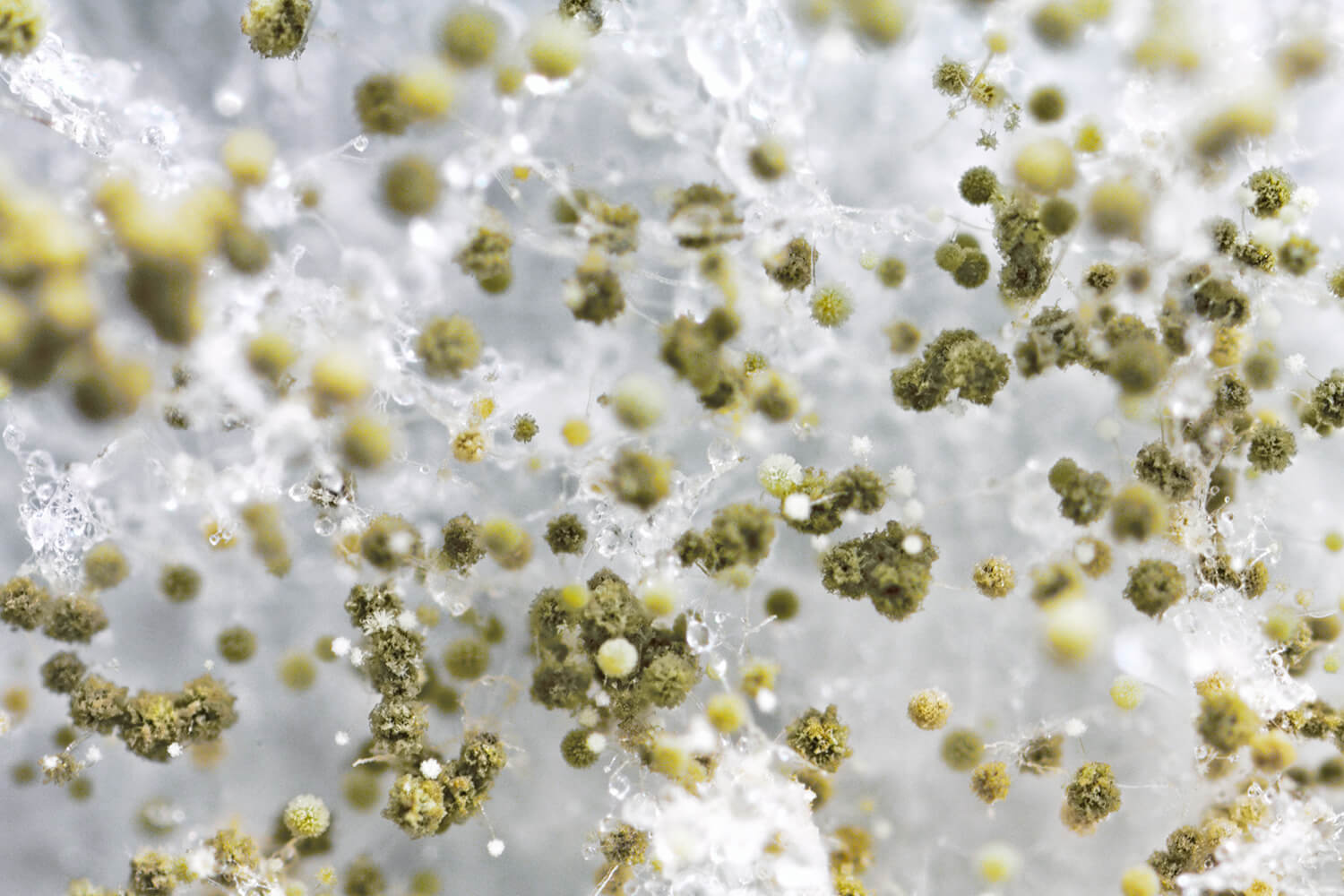





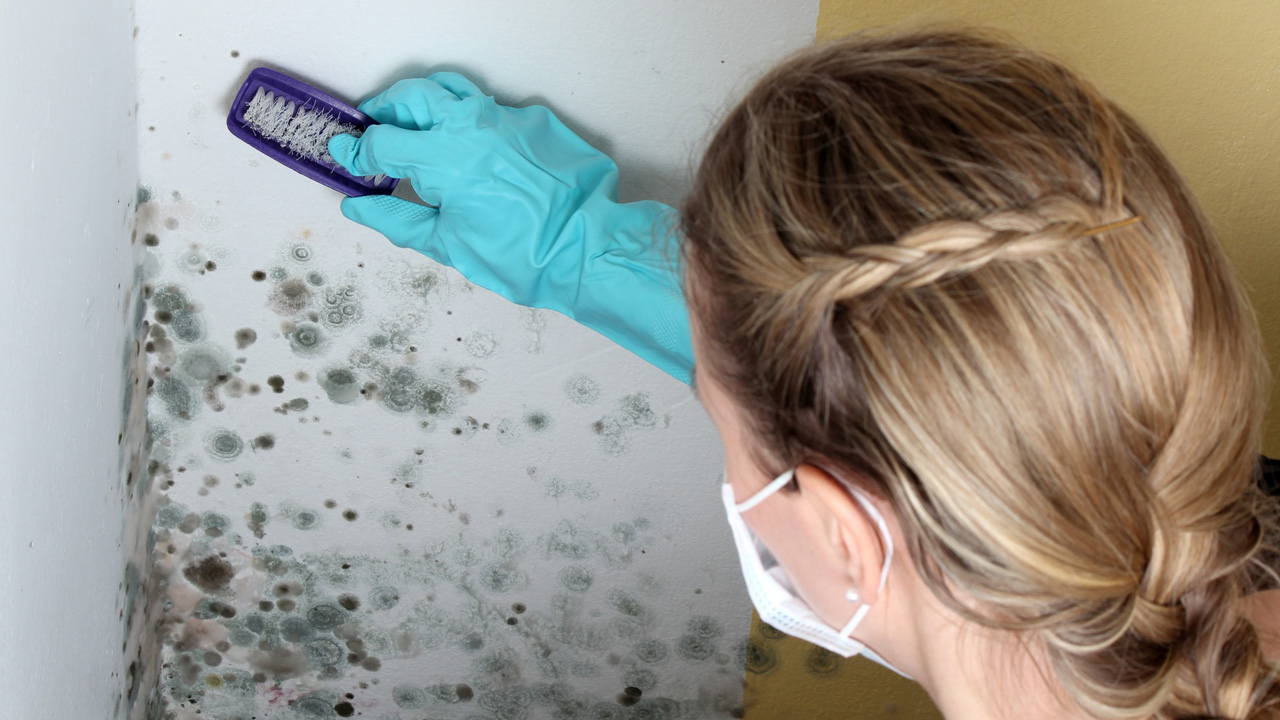

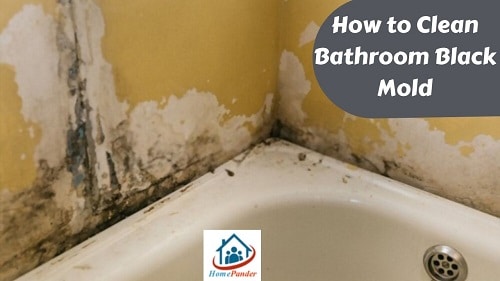




:max_bytes(150000):strip_icc()/identifying-mold-vs-mildew-4799138-final-4266e4b3d84c4401a7c1d8b6835dcc97.png)

